Big kings are the hoodlums of the sea – and a prized catch on spear. Here are a few spearfishing tips Kiwi Luke Potts has learned while hunting them in Australian and New Zealand waters.
Most beginner spearos swim directly at big kings then take a pot shot. That’s typical predatory behaviour, which more mature fish have come to expect. The key to a good kill shot is to pique their curiosity. Kings are opportunistic feeders that hone in on vibrations in the water. A lateral line system — a series of sensory organs — runs down the length of the fish. They use this underwater alarm to seek out vibrations in the water that help them with orientation and to school in concert with other fish. They also use the vibes to sense disturbances from potential food sources such as sharks feeding, schools of baitfish or vortices created by fleeing prey.
Big fish — I’m talking 30kg or more — often roll solo and can be difficult to approach. At this stage of life, with their more curious cousins already speared out of the food chain, they know what food sources work for them and aren’t so curious. Nevertheless, there are some common behaviours.
BODY LANGUAGE AVOIDANCE
Big kings are tough to hunt. You need to hold your breath long enough to find them, while enduring the strong currents where these big boys love to hang out. I once shot a 30kg model just 30cm from my spear tip. To get him to that, er, point was a stealth job — body language avoidance. I spotted him 12m away on the surface then dived down to about 5m where I postured away from him. The kingie figured I wasn’t a threat, came closer and game over.
PRESSURE POINTS
The pressure point is an area of the reef where the current meets the frontal ledge or drop-off of the reef. This feeding zone can have a lot of activity, particularly on the final two hours of the incoming tide. If I’m hunting big kings, or snapper, that’s where I’ll start. To find the pressure point, study the underwater topography before your dive. Big fish tend to hang out in areas where the drop-offs are larger, say 10m to 70m or more. When the tide turns, it’s time to find that pressure point again.
It’s important to make a plan, depending on the depth of reef and fish. Work with your buddy to patrol the area, noting fish tend to come in 15–30 minute intervals. Keep in mind that a solo spearo appears far less threatening than two or three. Be patient. Persistence is an important part of your arsenal.
DEAD CALM
Now you’re relaxed and ready, it’s time to dive. Tuck your head in, with your gun at your side, and calmly swim down to fish depth (if you’re lucky enough to spot them) or down to the reef. Wait. If you spot fish on or near the bottom, don’t pay them too much attention. Lie flat and extend your gun — but keep it low. Scan around then raise your gun to prepare to meet a passing fish. If there are a few around, they’ll probably get curious and school right in front of you. The calmer you are, the wider your shot window will be. Let the fish come to you rather than turning and tracking them, which they’ll perceive — quite rightly — as a threat. I like the fish to be less than 1m from the spear tip as taking a shot from more than 1.5m compromises accuracy and penetration.
BAIT MATE
If things aren’t happening at your pressure point, grab a few urchins from the reef, swim to the pressure point, break them up and disperse them. Small fish will move into the scent and attract bigger predators like kingfish. Shooting baitfish or pelagics, including kingfish, will have the same effect, allowing a window of time for another diver to take a second fish. Keeping the fighting fish away from each other is pretty important to prevent entanglement, gear damage and loss of fish.
SPEARGUN STRUM & HUNT GRUNTS
Another technique I employ to intrigue disinterested fish is to strum my speargun rubbers on the reef. If that doesn’t work, try grunting. It’s a natural behaviour that john dory and jewfish use (as does The Captain, on certain occasions), so it’s normal for a predator to swing by and investigate.
WORK-UPS
Feeding fish attract more feeding fish, so it’s no secret that work-ups can prove happy hunting grounds. Some days, work-ups are sporadic, moving quickly and avoiding spear fishermen; other days, they may take their time and happily swim around you, waiting to be targeted. This is an excellent time to employ the live attractant technique by leaving a school fish such as trevally or kahawai fighting at around 10m.
KILL SHOT
Aim for a broadside. If a big king is not killed instantly or shot through the spine, it’s guaranteed to put up a fight. Don’t give it too much line or the fish will entangle itself in the kelp or bury itself in the reef, damaging line and bending spear shafts. On the other hand, pulling the fish up too quickly while it’s still full of energy can bend your spear. Kingfish will often fight in tight circles, potentially wrapping you up in line. More than once, I’ve had to throw a glove off to escape a circling fish.
How long the fish puts up a fight really depends on how badly it’s been hurt by your initial shot. As a rule, drag your fish up and over the reef, keeping it at depth until it gets tired enough for you to pull it in. This is called “walking the dog”. Experienced divers will often let the fish drag them for a while, tiring it out faster.Every scenario is different and comes with its own challenges. If you’ve made a bad holding shot, you may have to get your buddy to dive down and spear the fish again so as to get a good hold on it.
I reckon it’s a good idea to learn to shoot and land kingfish with a float-line set-up before stepping up to a reel gun — where the thin dyneema line makes landing kingfish a lot less forgiving. Finally, be humble, respect the resource and treat it as food. And have fun.
Check out Luke Pott’s cool video tutorials here.
https://vimeo.com/ondemand/howtospearfish

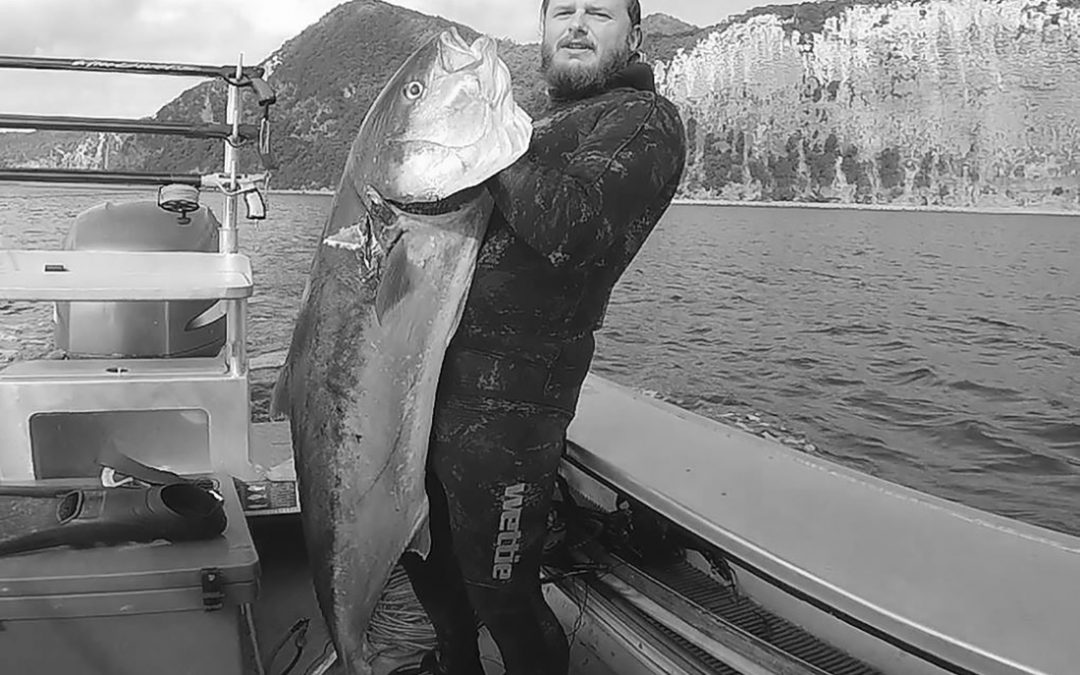
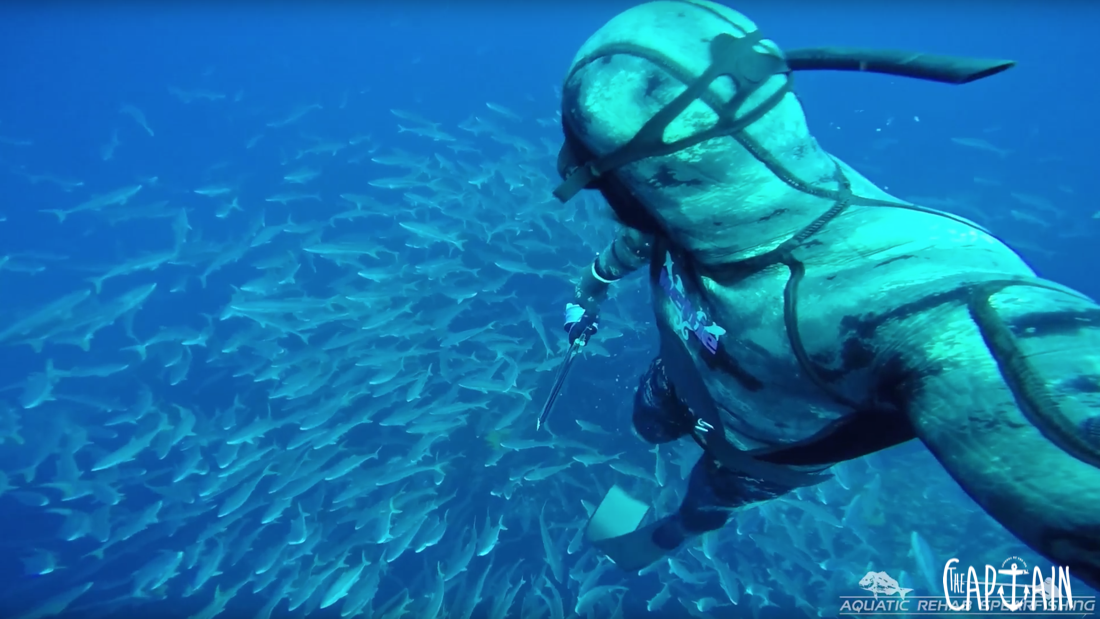
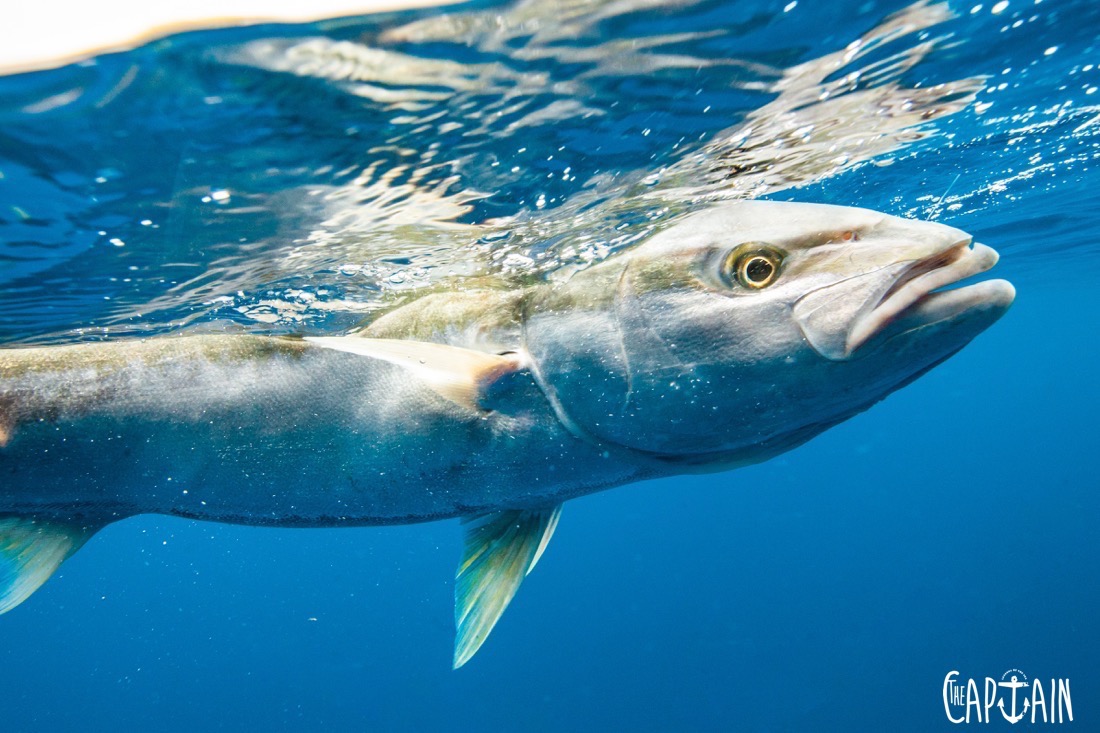
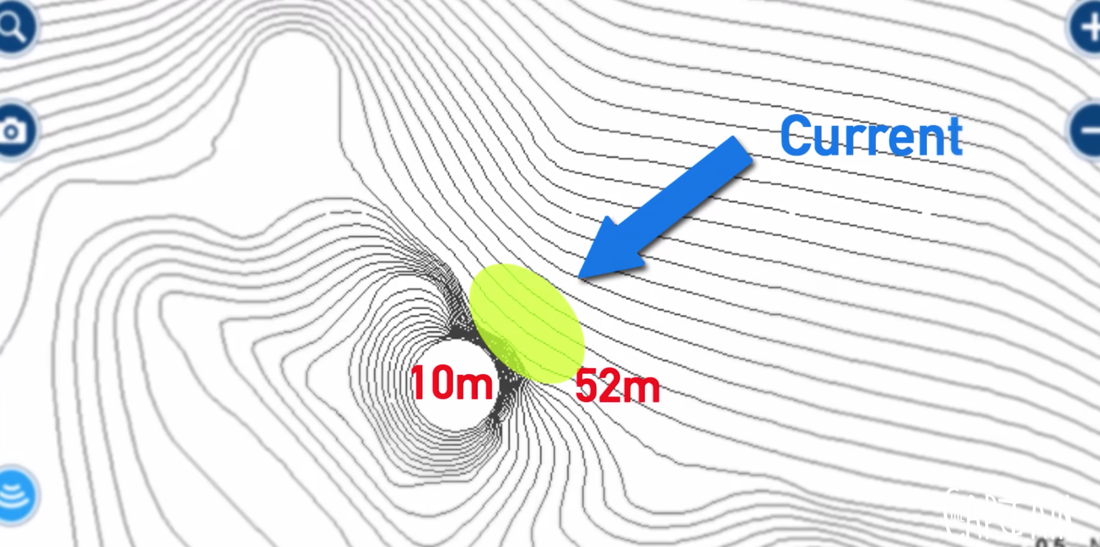

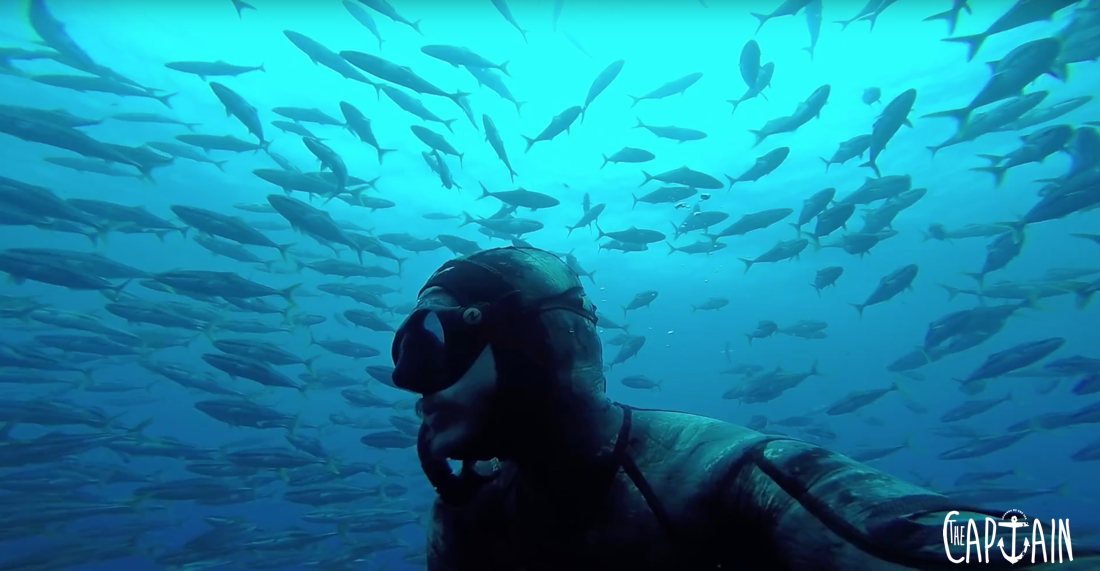
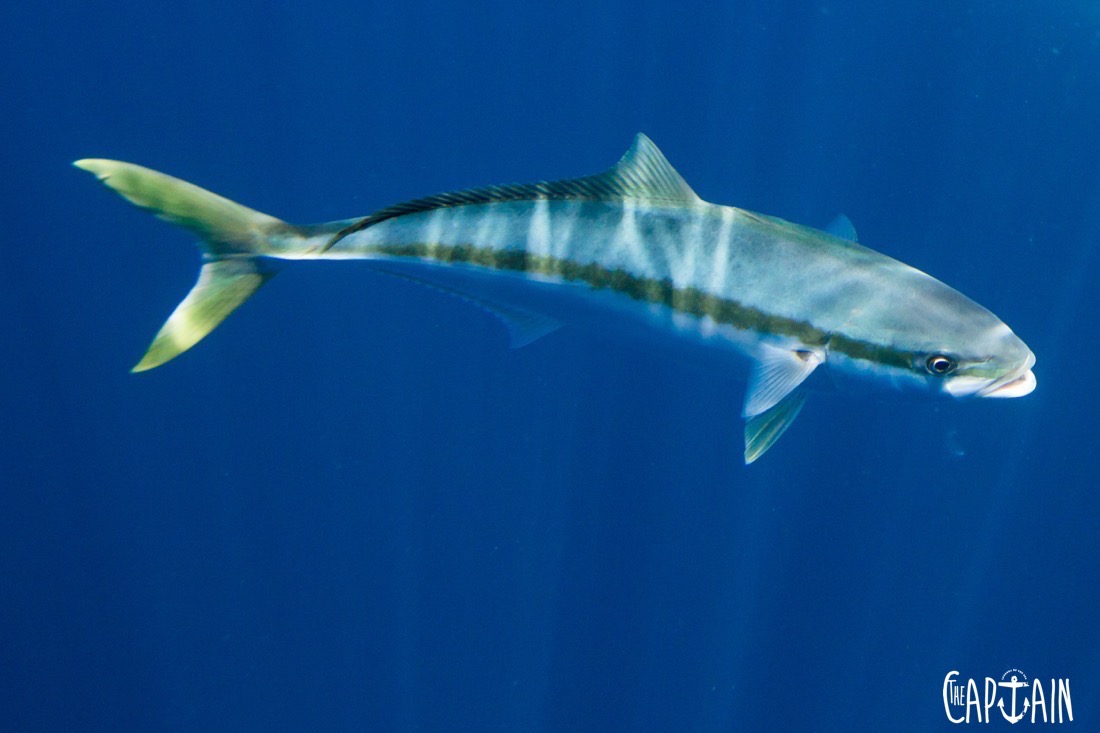
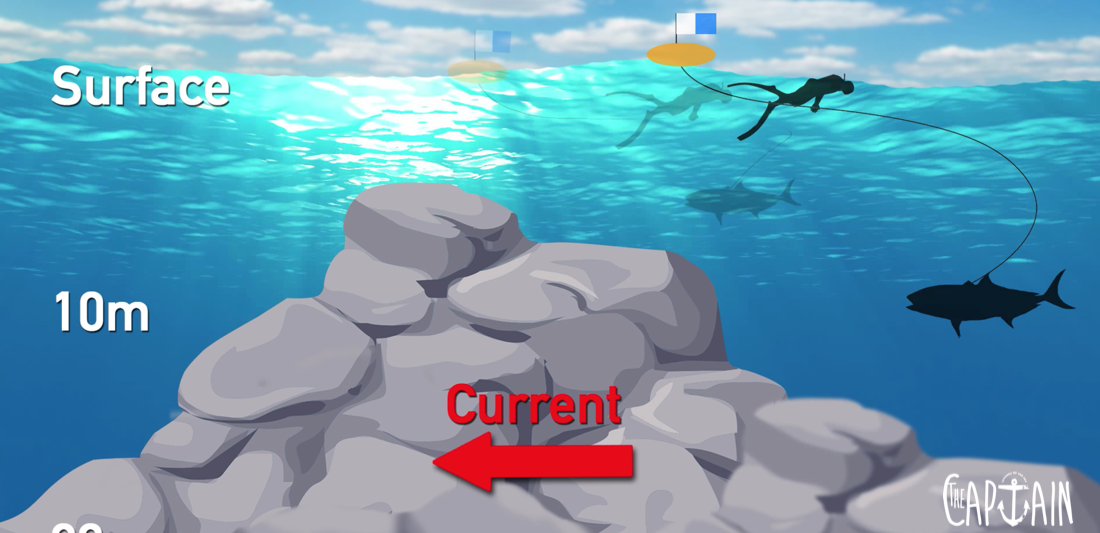
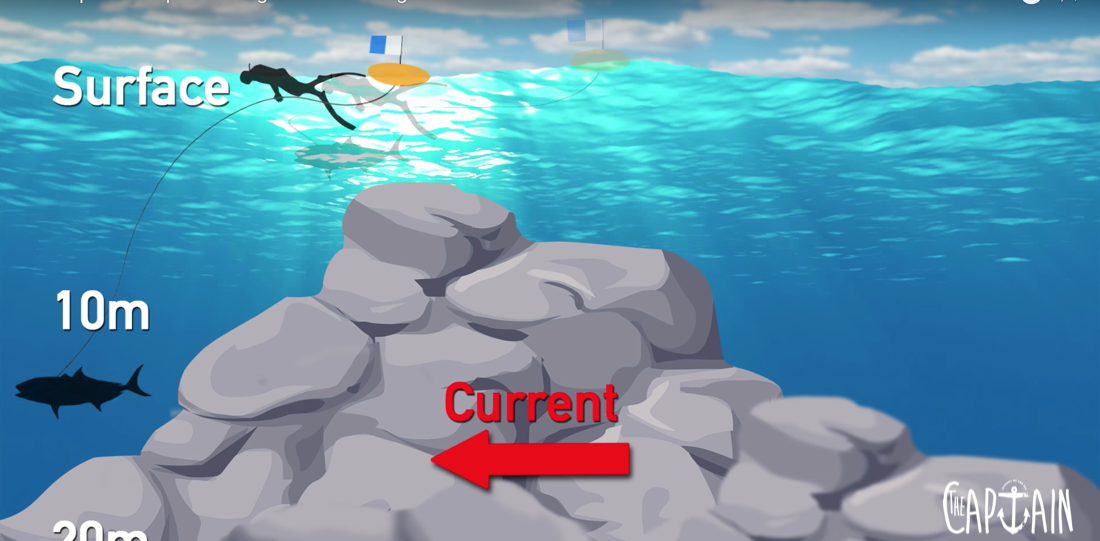
Recent Comments